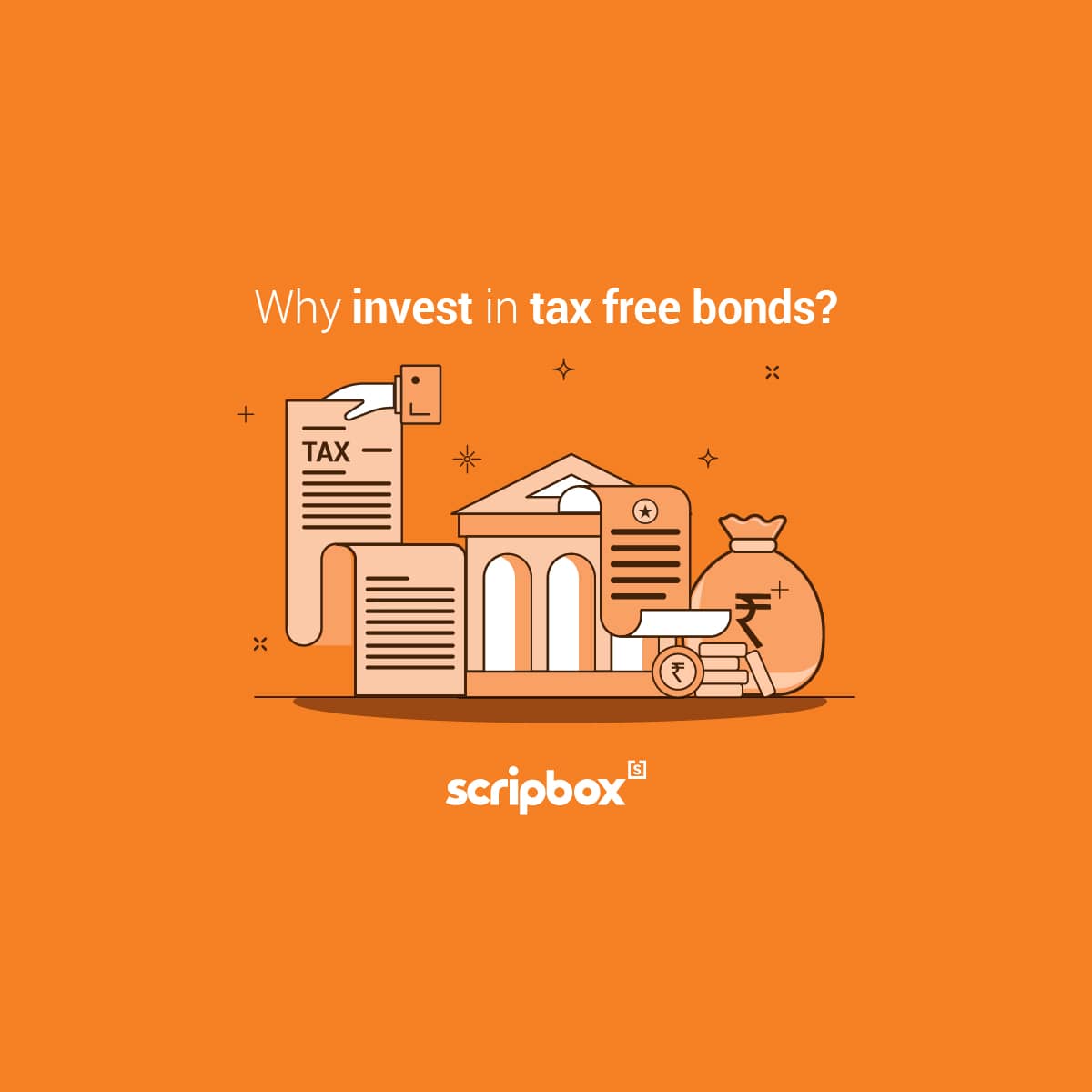The National Pension Scheme is a retirement benefits plan that combines tax savings and pension payments. The National Pension System offers the following two types of accounts, Tier 1 and Tier 2. NPS Tier 1 accounts are the most fundamental type of NPS accounts. Moreover, a Permanent Retirement Account Number (PRAN) is assigned to each NPS Tier 1 account. On the other hand, an NPS Tier 2 account is an optional account. Also, only subscribers of Tier 1 accounts are eligible to open a Tier 2 account. This article highlights the key differences between NPS Tier 1 Vs Tier 2 accounts.
Compare NPS Tier 1 Vs Tier 2
Following are the key difference between NPS Tier 1 and Tier 2 accounts:
| Basis of Difference | NPS Tier 1 | NPS Tier 2 |
| Eligibility | Must be 18 to 65 years of Age | Must be a Tier 1 member. |
| Lock-in period | Till 60 years old | no lock-in period |
| Minimum number of contributions per year | 1 | None |
| Account opening contribution | INR 500 | INR 1,000 |
| Minimum subsequent contribution | INR 1,000 | INR 250 |
| Tax Benefits on the contribution | Section 80C and Section 80CCD (1B) | No tax benefit |
| Tax on withdrawals | No Tax if withdraw on Maturity | As per Income Tax Slab |
| Limit on withdrawals | 60% on retirement and 40% to purchase an annuity plan. | You can withdraw the entire corpus |
| Transfer of Funds | Tier 2 funds and EPF can be transferred to Tier 1 accounts. | Not Allowed |
Fund Management ChargesSame for both Tier 1 and Tier 2 Accounts Asset ClassesThe asset classes across which the investments can be made are the same for both NPS Tier 1 and 2 accounts.
Following are the asset classes:
- Equity (E): The scheme primarily invests in equity market securities.
- Corporate Debt (C): The scheme invests in bonds issued by public sector entities, public financial institutions, infrastructure companies, and also money market instruments.
- Government Securities (G): The scheme invests in government securities, state government securities, and also money market instruments.
- Alternative Investment Funds (A): This asset class invests in instruments such as CMBS, REITS, and AIFs.
NPS Tier 1 Vs Tier 2 – Which is Better?
Tier I and Tier II account each serve a distinct purpose. While a Tier I account can assist you in building your retirement corpus, a Tier II account can act as a supplement to your retirement corpus, providing a high degree of liquidity. Tier 1 accounts, for example, are substantially more restrictive, with fewer withdrawal options before maturity. As a result, investors cannot rely on the Tier 1 corpus unless in extreme circumstances.
On the other hand, Tier 2 accounts are not subject to any withdrawal restrictions. Thus, you are free to withdraw funds prematurely to meet a variety of purposes. As a result, Tier 2 account holders can better manage their financial obligations with this accrued balance.
Tier 1 account investments offer Income Tax deductions. Section 80C allows for a deduction of up to INR 1.5 lakhs, as well as tax exemption on an additional investment of up to INR 50,000. Also, the maturity amount is completely tax exempted as well.
On the other hand, Tier 2 accounts are not tax-advantaged. This significantly impairs your capacity to save money on your annual taxes.
Conclusion
While both Tier 1 and Tier 2 NPS accounts are almost the same, they differ in terms of investor flexibility and tax incentives. Furthermore, if you are a new investor, a Tier 1 account may be useful for creating a retirement corpus. Tier 1 account is a low investment scheme that also offers tax benefits. However, in order to open a Tier 2 account, you must first have a Tier 1 account.
Discover More































Show comments